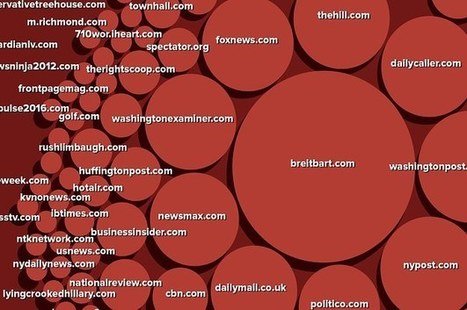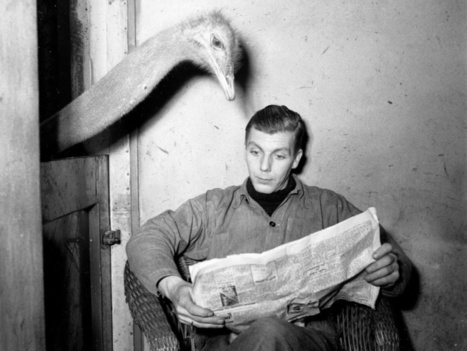Since winning the presidential election, Donald Trump has reportedly skipped out on the majority of his intelligence briefings; this past Sunday, Trump made headlines after sharing false information blaming his loss of the popular vote on mass voter fraud — a claim previously reported by the conspiracy news site Infowars. It’s been widely reported that Trump is an obsessive consumer of cable news — he has himself admitted to receiving at least a portion of his military advice from “the shows.”
But, pundits and chyrons aside, relatively little is known about where the next president will find the news and commentary that might color his time in office. What exactly is Trump’s media diet?
What we know of Trump’s relationship to the modern internet suggests the president-elect rarely browses it himself. Trump campaign press secretary Hope Hicks told GQ he relies largely on Google News printouts from staffers and sparingly reads his own email. And a 2007 deposition suggests that Trump doesn’t use a computer or carry a smartphone during the daytime hours, and often dictates daytime tweets to his assistants.
To better understand Trump’s media consumption, BuzzFeed News turned to the president-elect’s largest source of public proclamations and shared news: Twitter. While Trump’s media consumption and methods appear opaque and unconventional, the stories he chooses to share with his now 16 million–plus followers offer a unique window into the news and commentary that catch his eye...
Our analysis revealed a media ecosystem that appears to largely reinforce and affirm the views publicly expressed by Trump and his closest advisers. The news stories Trump tweets share several characteristics: 1) They often favor sensationalism over facts and reporting; 2) They frequently echo direct quotes from Trump himself or his closest advisers; and 3) They routinely malign his enemies and vindicate his most controversial opinions....
The stories shared by Trump’s account throughout his campaign suggest the president-elect has constructed a powerful online filter bubble that largely flatters and confirms that which he claims to be true....



 Your new post is loading...
Your new post is loading...











Check out this interactive chart that shows where Trump gets his news. Some surprises among the no-surprises including The Washington Post.